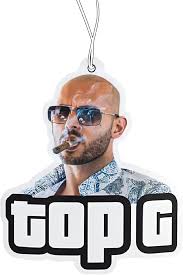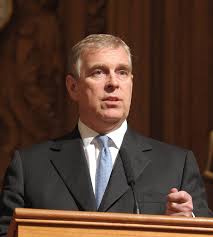The Rise and Controversies of Andrew Tate

Introduction
Andrew Tate, a former kickboxing champion and social media personality, has gained significant attention in recent years. His controversial statements and lifestyle have sparked intense conversations regarding masculinity, social norms, and the broader implications of social media influence. As an individual who has transcended traditional sporting realms into digital fame, his story is emblematic of the complexities modern influencers face.
Background and Rise to Fame
Born on December 1, 1987, in Washington, D.C., Andrew Tate grew up in a competitive environment. He began his professional kickboxing career in 2009 and gained notoriety for winning multiple world championship titles. However, it was his transition to social media that propelled him into the public eye. Tate has espoused various views on men’s rights and has not shied away from expressing controversial opinions on women and relationships, often resulting in backlash.
Controversial Statements
In 2022, Andrew Tate’s social media presence surged dramatically, particularly on platforms like Instagram and TikTok. This rise has been accompanied by a multitude of controversies, including accusations of misogyny and promoting harmful stereotypes. His comments have led to widespread condemnation, prompting many platforms to ban him for violating community guidelines.
Legal Challenges
As of early 2023, Tate and his brother Tristan were arrested in Romania as part of a human trafficking and rape investigation. Their arrest sparked a global conversation about the influence of social media figures and the potential consequences of their actions. The ongoing legal issues have prompted widespread media coverage and debates around accountability in the digital age.
Public Reaction and Future Implications
The polarising nature of Andrew Tate’s persona has resulted in a divided public perception. While some view him as a champion of men’s rights, others see him as a harmful figure perpetuating negative stereotypes. As such, discussions surrounding his influence extend beyond just personal opinions to encompass broader societal issues regarding mental health, sexual conduct, and the power dynamics within online platforms.
Conclusion
The saga of Andrew Tate highlights the intricate relationship between social media influence and public accountability. As legal proceedings unfold, the outcomes will likely have far-reaching implications for similar influencers and their content. For readers, Tate’s story serves as a critical reminder of the evolving landscape of social media and the responsibilities that come with widespread reach and influence.









